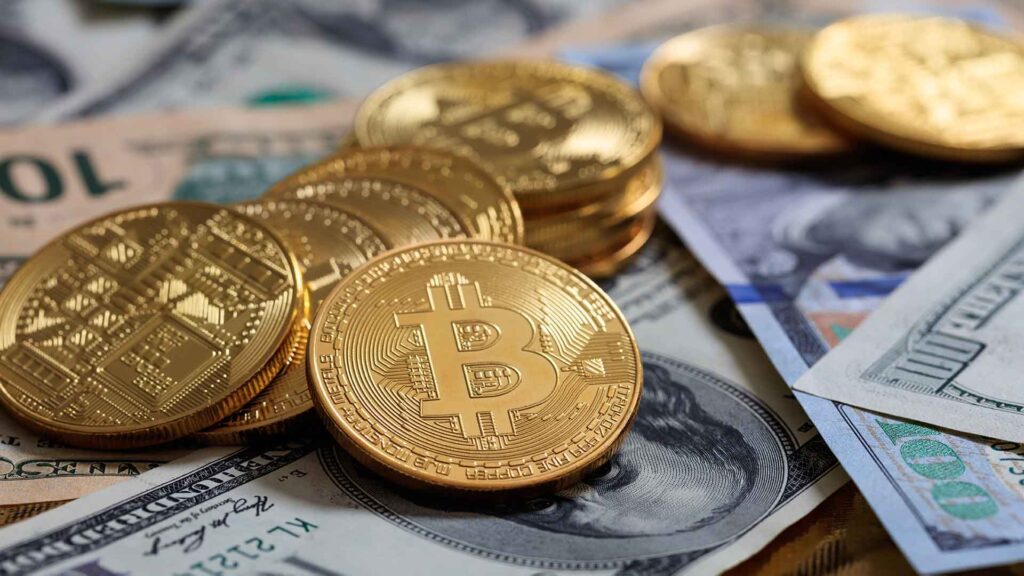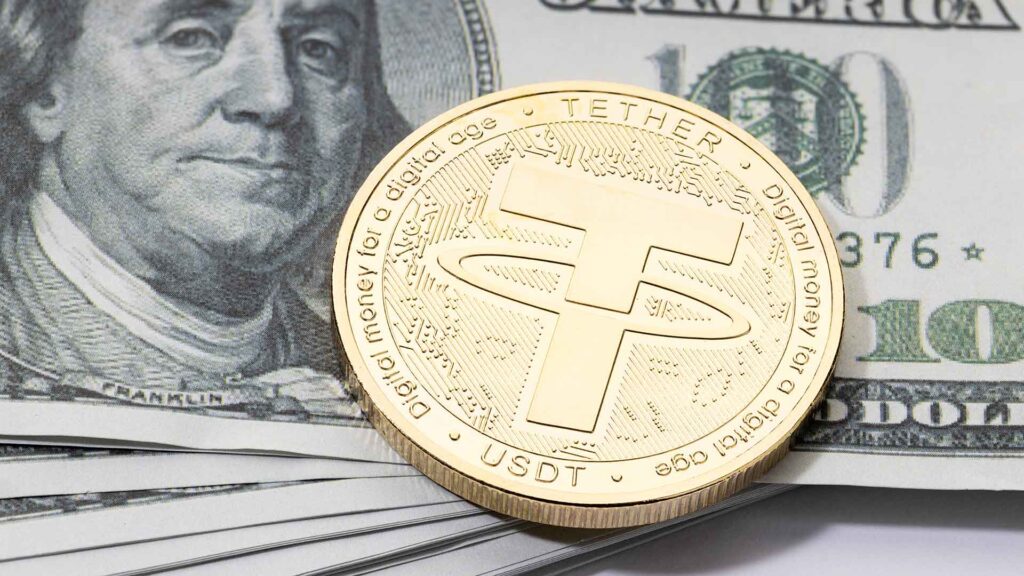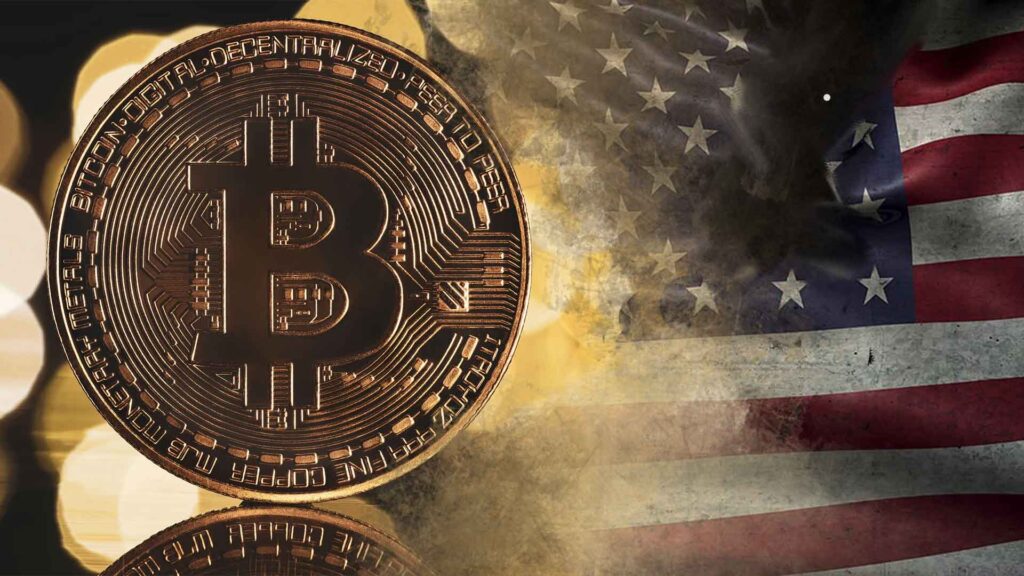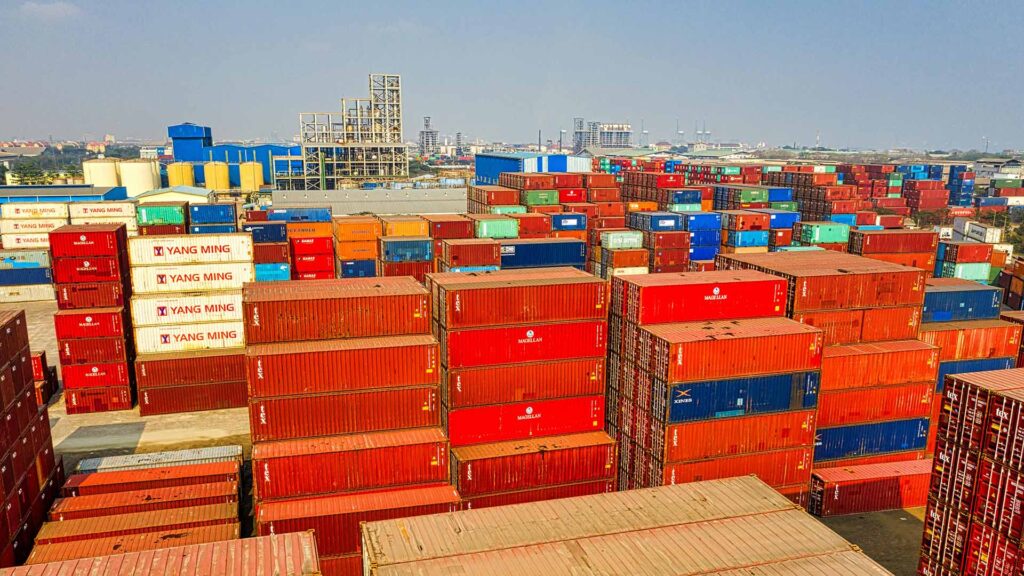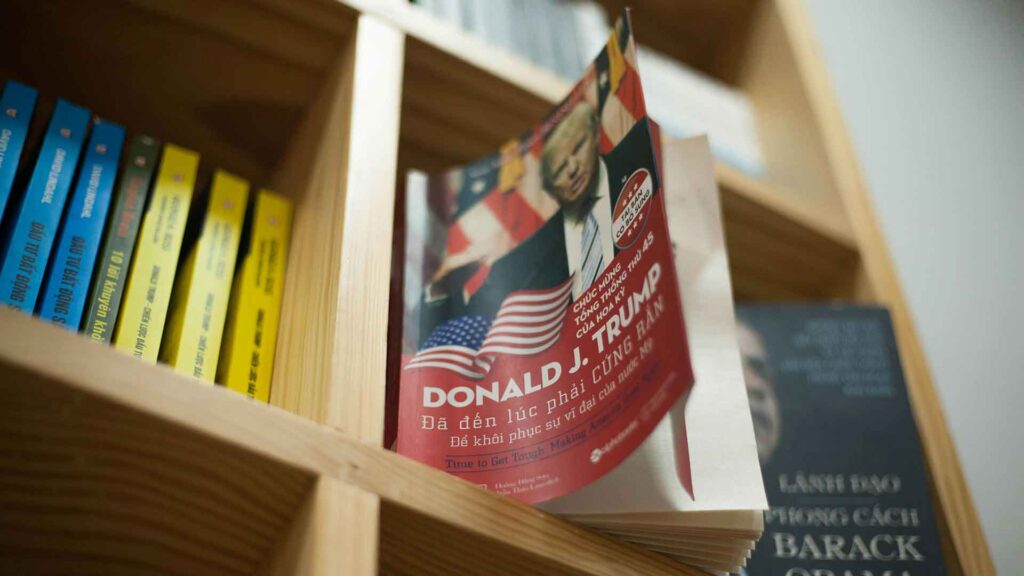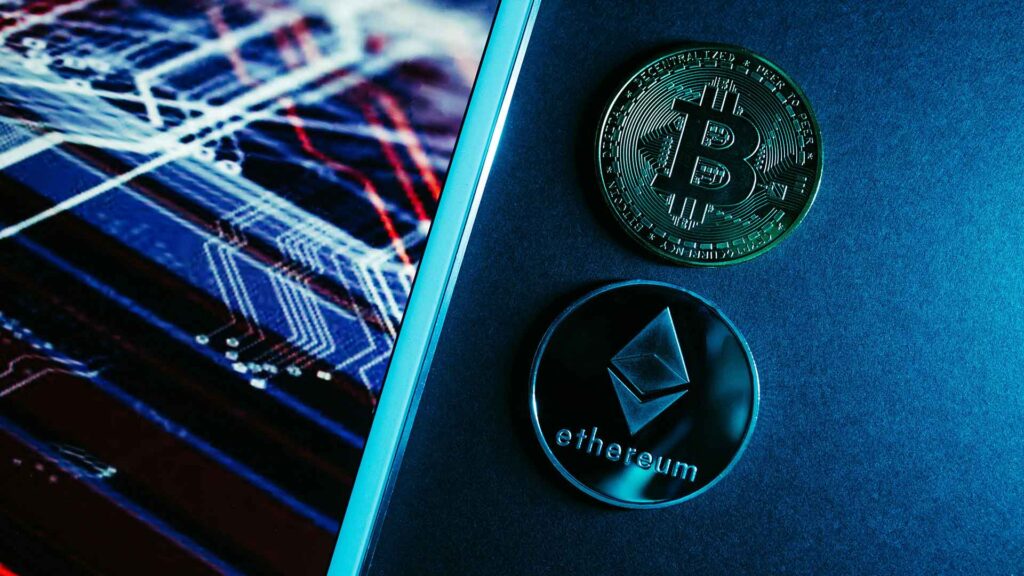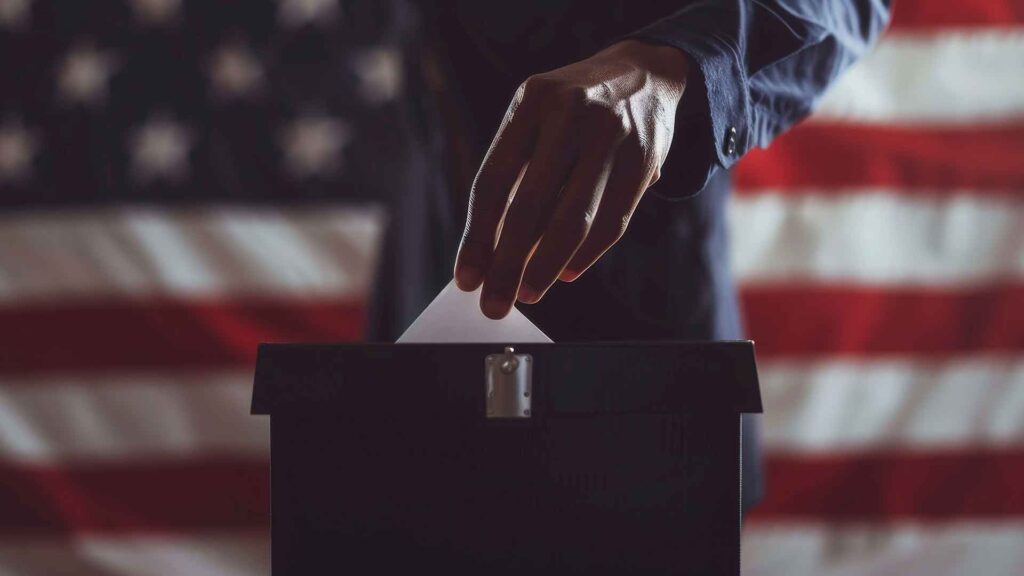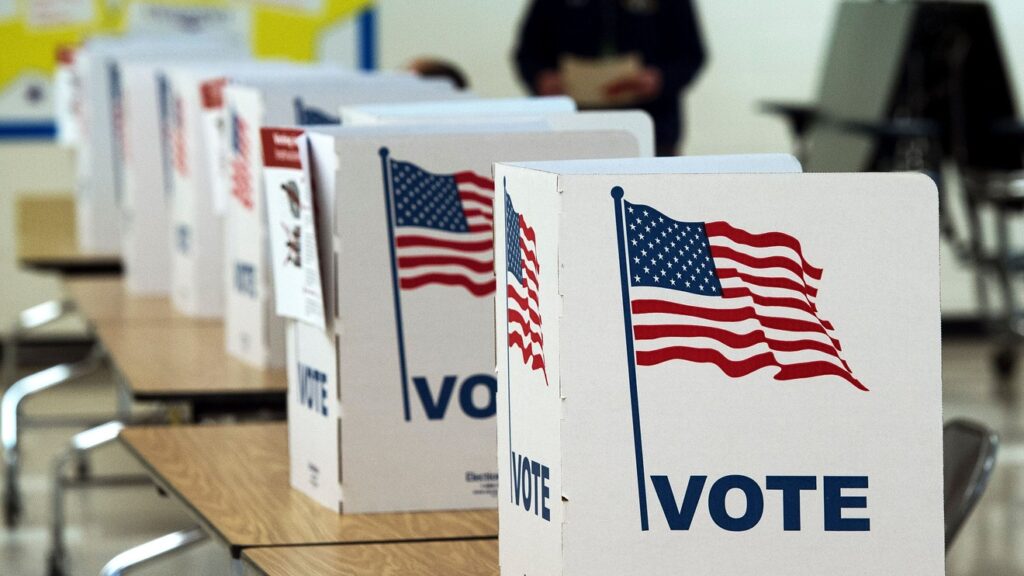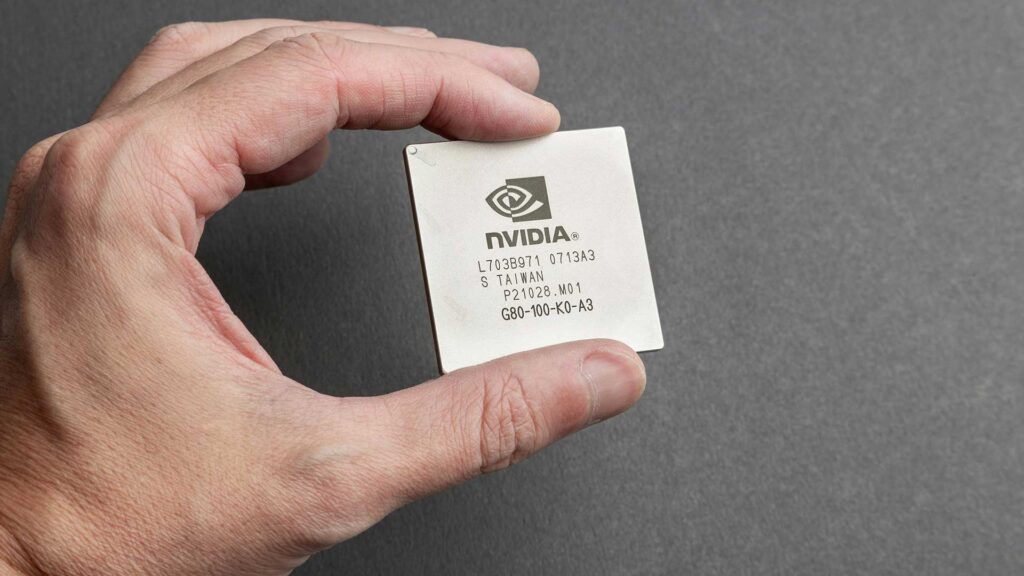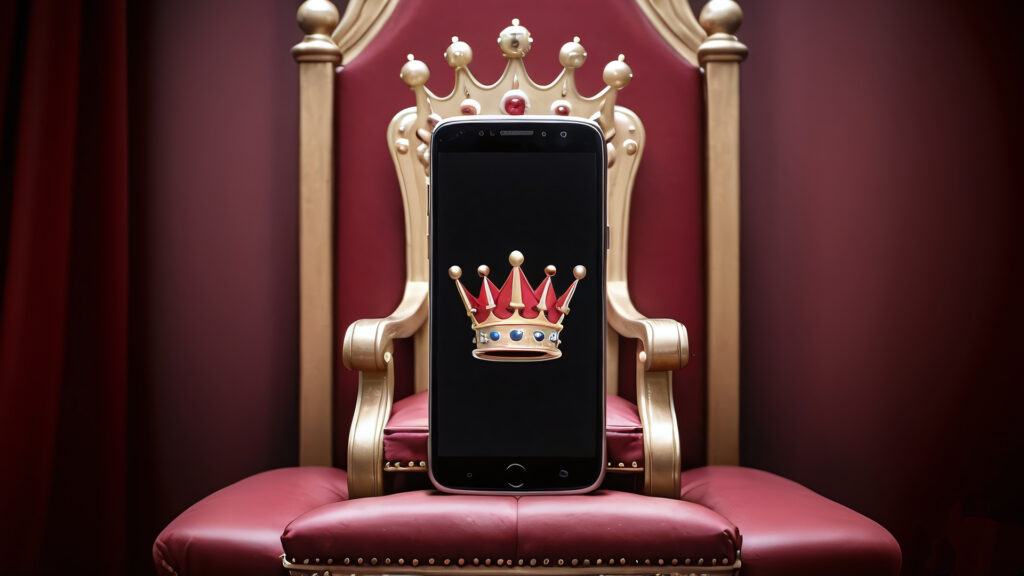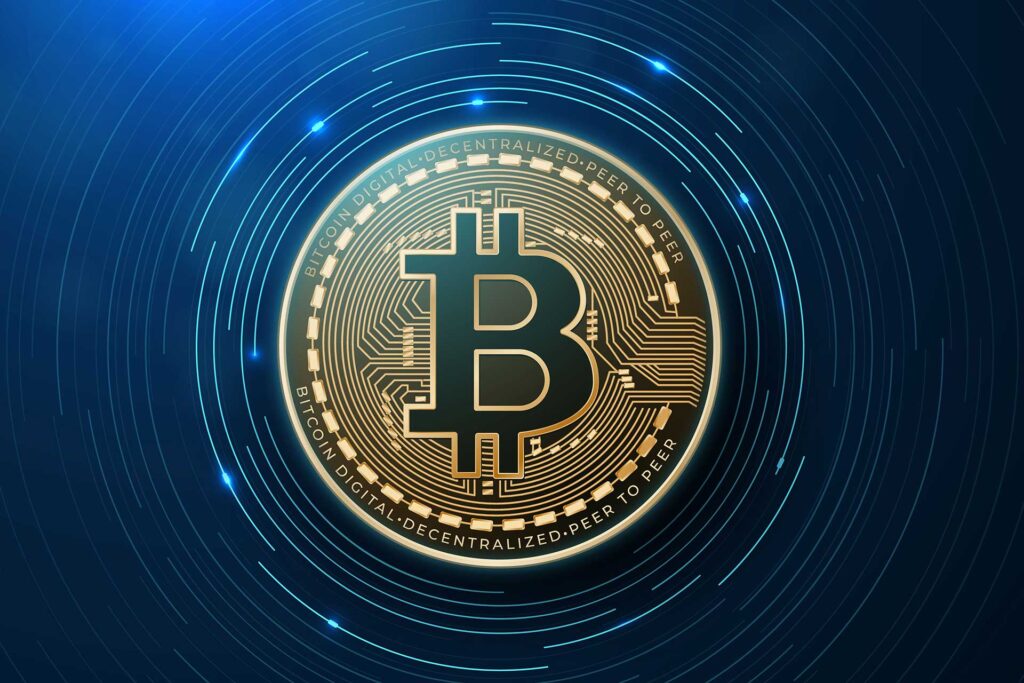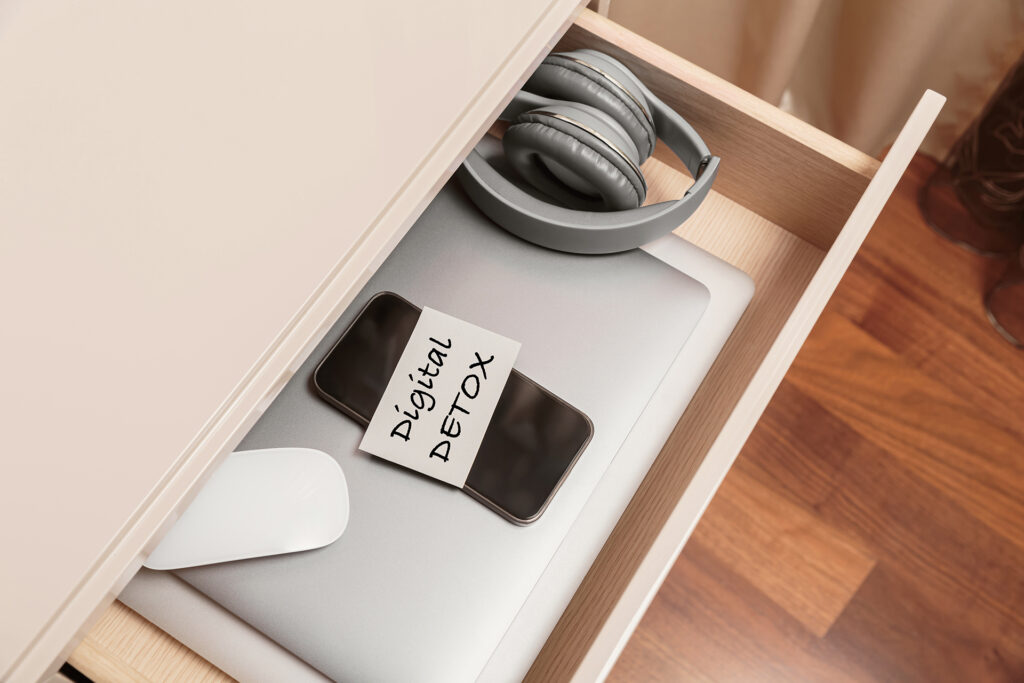The Shifting Sands of Money: Why Traditional Currencies Are Faltering and How Everyday People Can Protect Their Savings
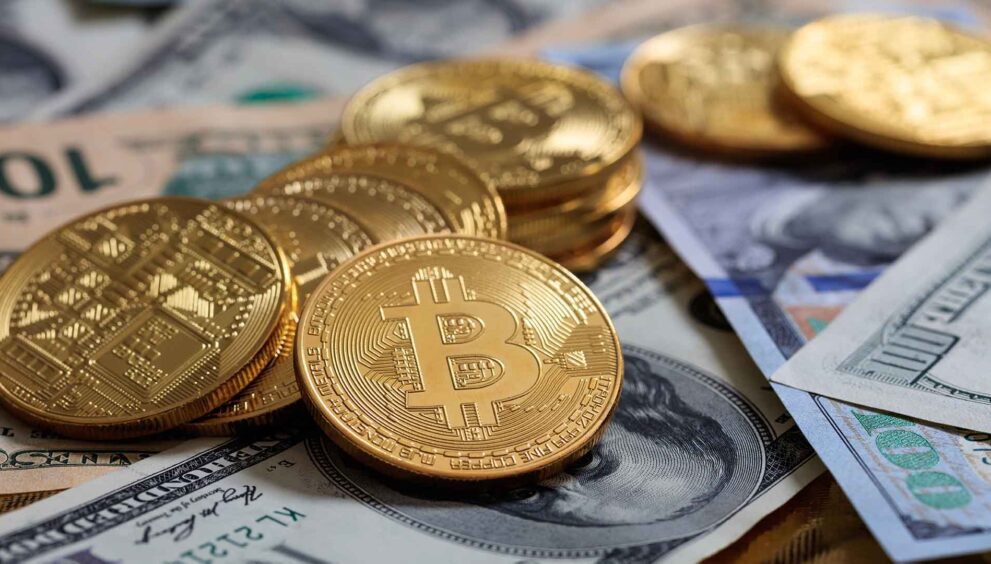
Hey there, reader! If you’re like most folks, money is just something you earn, spend, and hopefully save a bit of for a rainy day. You might not think much about where it comes from or why its value changes over time. But lately, with prices seeming to climb endlessly and news headlines buzzing about “debt crises” and “cryptocurrencies,” it’s hard not to wonder: Is our money system breaking? And if so, what can regular people do about it?
In this article, we’re diving into the big shifts happening in the world of money. We’ll talk about why everyday currencies (like the US dollar or euro) are getting weaker, the massive debt problems piling up globally, how things like cryptocurrencies might step in, and why assets like gold, silver, and Bitcoin are gaining popularity as “safe” stores of value. Most importantly, I’ll share simple, beginner-friendly ways to protect your hard-earned wealth from losing its buying power—especially if the dollar keeps devaluing. No fancy jargon or Wall Street talk here; just straightforward explanations for normal people with zero investing experience. Let’s break it down step by step.
Understanding Fiat Currencies: The Money We Use Every Day and Its Hidden Flaws
First off, what even is “fiat” money? It’s the paper bills and digital dollars in your bank account. The word “fiat” comes from Latin, meaning “let it be done”—basically, it’s money because governments say so. Unlike old-school money backed by gold or silver (where you could trade your dollar for a set amount of precious metal), fiat currencies aren’t tied to anything physical. They’re based on trust in the government and economy that issues them.
This system has worked okay for decades, but it’s got some serious weaknesses. For one, governments can print as much as they want. Sounds great, right? But when too much money floods the system, it leads to inflation—that’s when prices go up because each dollar buys less stuff. Think about how a candy bar that cost $1 a few years ago now costs $1.50 or more. That’s inflation chipping away at your purchasing power.
Worse still, if printing gets out of hand, it can cause hyperinflation, where money becomes almost worthless overnight. History is full of examples: In Zimbabwe in the 2000s, they printed so much cash that a loaf of bread cost billions of dollars. Or take Venezuela more recently—rampant money printing led to their currency collapsing, forcing people to use things like gold or foreign money to survive.
Devaluation is another big issue. This happens when a currency loses value compared to others, often due to economic troubles or too much debt. For the US dollar, which is the world’s main “reserve currency” (meaning countries hold it as a safe bet), devaluation means your savings buy less imported goods, travel costs more, and everyday items get pricier. Since 1971, when the US ditched the gold standard, the dollar has lost over 85% of its value. Ouch! These flaws aren’t just theoretical—they’re playing out now as governments grapple with massive debts.
The Global Debt Crisis: Why the World Is Drowning in Borrowed Money
Imagine borrowing money on a credit card but never paying it back—just charging more to cover the interest. That’s kind of what’s happening worldwide with government debt. As of 2024, global public debt topped $100 trillion, and total debt (including private stuff like mortgages and business loans) is over 235% of the world’s entire economy. By the end of this decade, public debt could hit 100% of global GDP if trends continue.
In the US alone, national debt is over $35 trillion, with interest payments set to exceed $1 trillion by 2025—more than spending on defense or education. Other countries aren’t faring better: Japan, Europe, and many developing nations are struggling too. The COVID-19 pandemic kicked this into overdrive with huge stimulus packages, but the roots go back further to easy borrowing and low interest rates.
Why does this matter to you? When governments owe too much, they often print more money to pay it off, which fuels inflation and devalues the currency. It’s like diluting orange juice with water—the more you add, the weaker it gets. This “debasement” erodes savings over time. In 2025, economists are warning of a “looming global debt disaster,” with slower growth and potential defaults in vulnerable countries. Even student debt is a ticking bomb, with millions defaulting and rippling into the broader economy.
The result? People are losing faith in fiat systems. That’s where alternatives come in.
The Rise of Cryptocurrencies: Could They Replace Traditional Money?
Enter cryptocurrencies—digital money like Bitcoin or Ethereum that’s not controlled by any government or bank. Instead, they’re powered by blockchain technology, a super-secure digital ledger that records every transaction publicly and can’t be easily tampered with.
Crypto enthusiasts argue it’s the future because it’s “decentralized” (no single authority can print more on a whim) and limited in supply. Bitcoin, for example, has a hard cap of 21 million coins ever, making it scarce like gold—hence the nickname “digital gold.” This scarcity could protect against inflation, unlike fiat where governments can inflate away debt.
Will crypto fully replace fiat? Probably not anytime soon. Experts see a “hybrid” future where digital currencies coexist with traditional ones, maybe through government-issued versions like Central Bank Digital Currencies (CBDCs). But crypto is gaining ground: In 2025, Bitcoin’s price has surged to over $124,000 amid debt worries, and even the US is considering a “Strategic Bitcoin Reserve” to bolster its assets.
Skeptics point out crypto’s volatility (prices swing wildly) and regulatory hurdles. It’s not ready to replace everyday money for buying coffee, but as a store of value or hedge against fiat weakness? Absolutely. Think of it as a modern twist on hiding gold under the mattress.
Reserve Assets: Turning to Gold, Silver, and Bitcoin for Stability
When fiat feels shaky, people flock to “reserve assets”—things that hold value over time, even during crises. These have been around forever, but in 2025, they’re hotter than ever.
- Gold: The classic safe haven. It’s been money for thousands of years because it’s rare, durable, and can’t be printed. Central banks are buying tons of it—global holdings are at record highs. In 2025, gold prices are climbing as investors hedge against debt and inflation.
- Silver: Often called “poor man’s gold,” it’s cheaper but used in industries like electronics and solar panels, giving it extra demand. It’s surging alongside gold in this “debasement trade.”
- Bitcoin: The new kid on the block. Like gold, it’s scarce and not inflatable. In 2025, it’s being called the “new economy’s gold,” with Ethereum as its “silver” for more tech uses. Big investors like Citadel’s Ken Griffin note people are turning to BTC, gold, and silver to escape fiat devaluation.
These assets aren’t perfect—they can drop in price short-term—but historically, they preserve wealth when currencies falter. For instance, during high inflation, gold has often outperformed cash.
Practical Recommendations: Simple Ways to Protect Your Wealth from Dollar Devaluation
Okay, enough theory—let’s get practical. If you’re new to this, start small and educate yourself. Remember, nothing is risk-free, and past performance doesn’t guarantee future results. Consult a financial advisor if possible, but here are beginner steps:
- Diversify Your Savings: Don’t keep everything in dollars. Split into a global index fund (like one tracking worldwide stocks) to spread risk across currencies. A 50/50 mix of US and international stocks can hedge against dollar weakness.
- Invest in Hard Assets: Buy a little gold or silver through reputable dealers or ETFs (exchange-traded funds—easy ways to own without storing physical bars). For Bitcoin, use user-friendly apps like Coinbase. Start with 5-10% of your savings to test the waters.
- Consider Real Estate or Commodities: Owning property (even through REITs—funds that invest in real estate) or commodities like oil can protect value, as they often rise with inflation.
- Build an Emergency Fund in Stable Forms: Keep 3-6 months of expenses in a high-yield savings account, but mix in some foreign currencies or stablecoins (crypto pegged to the dollar) for extra protection.
- Educate and Stay Informed: Read free resources, follow neutral news, and avoid get-rich-quick schemes. Dollar devaluation happens gradually, so patience is key.
| Strategy | Why It Helps | Beginner Tip |
|---|---|---|
| Global Stocks | Spreads risk beyond USD | Use apps like Vanguard for low-cost funds |
| Gold/Silver | Holds value during inflation | Buy coins or bars from trusted sellers |
| Bitcoin/Crypto | Scarce alternative to fiat | Start with small amounts; use secure wallets |
| Real Estate | Tangible asset that appreciates | Invest via REITs if you can’t buy property |
By diversifying like this, you’re not betting everything on one thing— you’re building a buffer against devaluation.
Wrapping It Up: A New Monetary Era Calls for Smart Choices
The world of money is evolving fast. Fiat currencies, once rock-solid, are showing cracks from endless debt and printing. Cryptocurrencies offer exciting alternatives, while timeless reserves like gold, silver, and now Bitcoin provide shelters in the storm. We’re not predicting doom, but the signs—$100 trillion in debt, surging asset prices, and growing crypto adoption—suggest it’s wise to prepare.
You don’t need to be a finance whiz to protect your wealth. Start with small steps: Learn, diversify, and focus on long-term value. Your future self will thank you. What do you think—ready to dip your toes in? Share in the comments!


 English
English 


